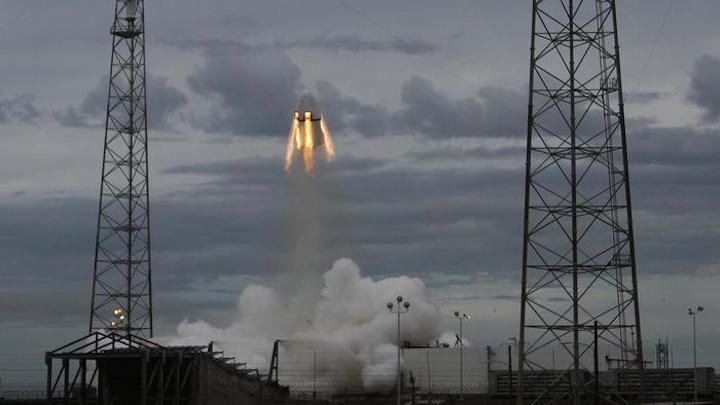.

Billionaire SpaceX CEO Elon Musk’s timeline has missions reaching Mars by 2024, with regular flights to follow. Other industry leaders see lunar missions by 2030, too. (Red Huber/Staff photographer)
new space race is shaping up, and it could mean another lunar landing for the U.S. space program by the year 2030.
If it happens, local space officials say they hope to make Central Florida the origin point for those missions.
"It doesn't detract from efforts to reach Mars, but the moon is a more logical next step," said Dale Ketcham, Chief of Strategic Alliances for Space Florida. "And it's more easily afforded."
Multiple nations, including China and Russia, have stated intentions of reaching the moon during the same time frame. That could mean the dawn of a new space race, one with moon bases and operations as its end game. As space agencies target the moon, however, some private businesses have said Mars should be the target.
Billionaire SpaceX CEO Elon Musk has famously said he would like to die on Mars — "just not on impact."
The bombastic entrepreneur's timeline has missions reaching Mars by 2024, with regular flights to follow.
Musk's company and United Launch Alliance have made 2016 one of the more active years in space flight from Central Florida in recent memory. That has local officials anxious to see what role the region plays in the anticipated space race.
In time, Ketcham says there should be regular flights between Florida, the moon and Mars.
"Mars is a long-term aspirational destination," he said. "That is articulated more aggressively by Elon."
Ketcham said it's a matter of economic strength that Florida positions itself now to thrive later.
"We need to plan now to be the earth's port of entry for economic activity in space," Ketcham said. "The Port of London was for the British Empire. New York was there for the new world. That place can be Florida for space — and it's our job to make it so."
Quelle: Orlando Sentinel
